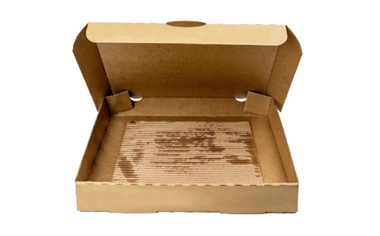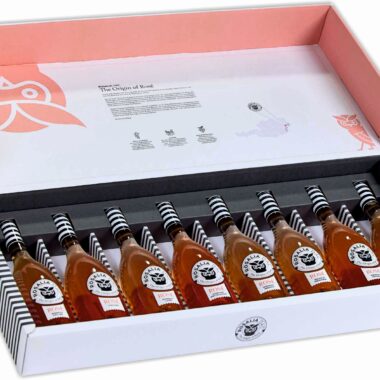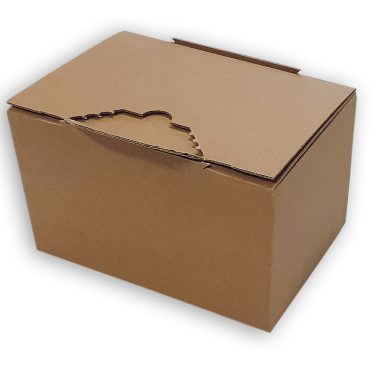 We believe many companies can make significant savings and efficiency gains by moving to performance criteria.
We believe many companies can make significant savings and efficiency gains by moving to performance criteria.
It’s quite understandable why people stick with what they know rather than taking what they might see as a risk by changing the way their corrugated packaging is designed. After all, if this particular pack has worked well for us year after year, why change it?
“Make big savings”
We’ll tell you why. You could make big savings, not just in relation to the packaging itself, but also to the whole supply chain. In fact, even if the price of the packaging increases, new designs can take out costs in many parts of the supply chain, adding up to significant savings overall. We often hear from manufacturers who are frustrated by their customers who will not consider changing the specification of their packaging, allowing potential major improvements to slip through their fingers.
Why is this happening? To some extent it is a result of the fact that the technologies behind corrugated packaging have been advancing rapidly in recent years and perhaps some companies have not yet caught up with that fact. Papers are stronger and lighter than ever before; more sophisticated die-cutting machines allow for more complex constructions; the use of predictive software to balance out thousands of variables to produce the optimum pack is now possible.
The net result of all this is that, in many cases, it would be possible to improve the existing corrugated packaging in many ways, from using less materials to making a more efficient use of space.
“Changes to pack design led to a 12% reduction in packaging costs”
For example, in one recent project for the distribution arm of a major drinks company, designers gathered data and simulated the stresses on pack and product through computer modelling. Changes to pack design, the number of products in the pack and layout on the pallet led to a 12% reduction in packaging costs, 8% less vehicle movements and a doubling of customer satisfaction ratings.
So why aren’t more companies hammering on the doors of their corrugated packaging suppliers and insisting on a revamp of their current packaging?
It does require a real commitment to improvement. There is a lot of work and think-time that needs to go into a major review of packaging. Then there are the other implications for the rest of the supply chain, as better packaging may require modifications elsewhere. Perhaps buyers prefer to specify on the same basis year after year because they can more easily compare costs and treat their packaging as a commodity – which it is not. Worst of all, could it be that some companies are simply suspicious when their packaging supplier suggests changing their packaging design, seeing this as an attempt to increase the cost of packaging rather than as an attempt to save costs in the supply chain as a whole?
It’s going to take time, but the corrugated packaging industry has started to persuade all its customers that it really is in their interests to use performance criteria to specify packaging. Not only is it financially sensible, using the exact amount of materials necessary to make distribution of goods as efficient and sustainable as possible, it is just common sense.




